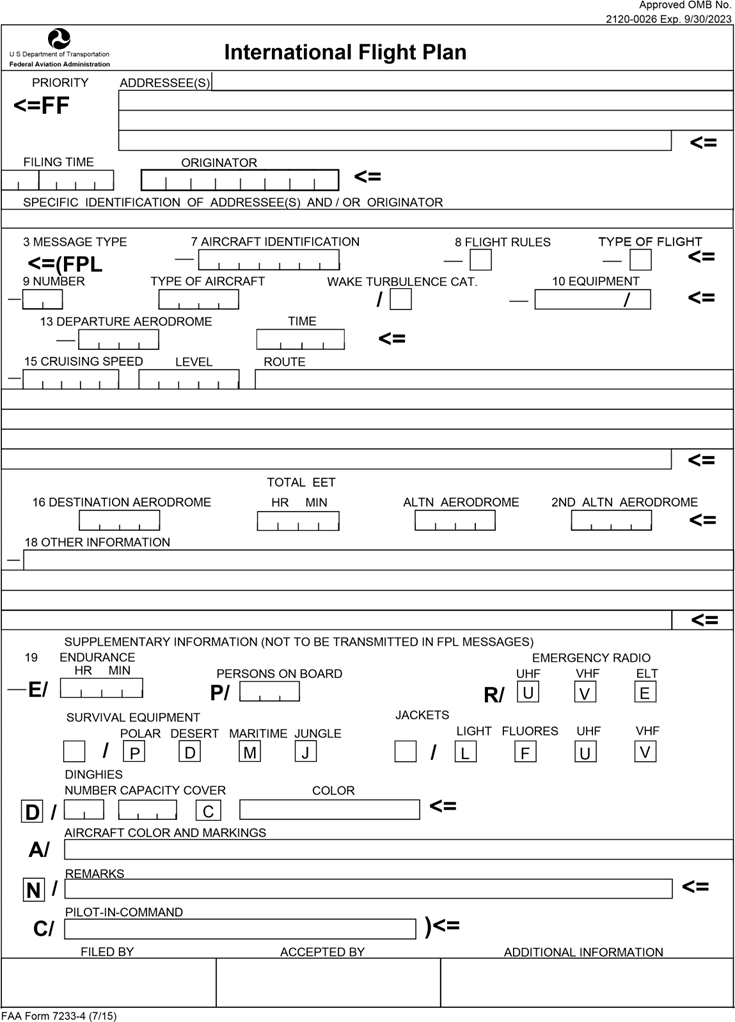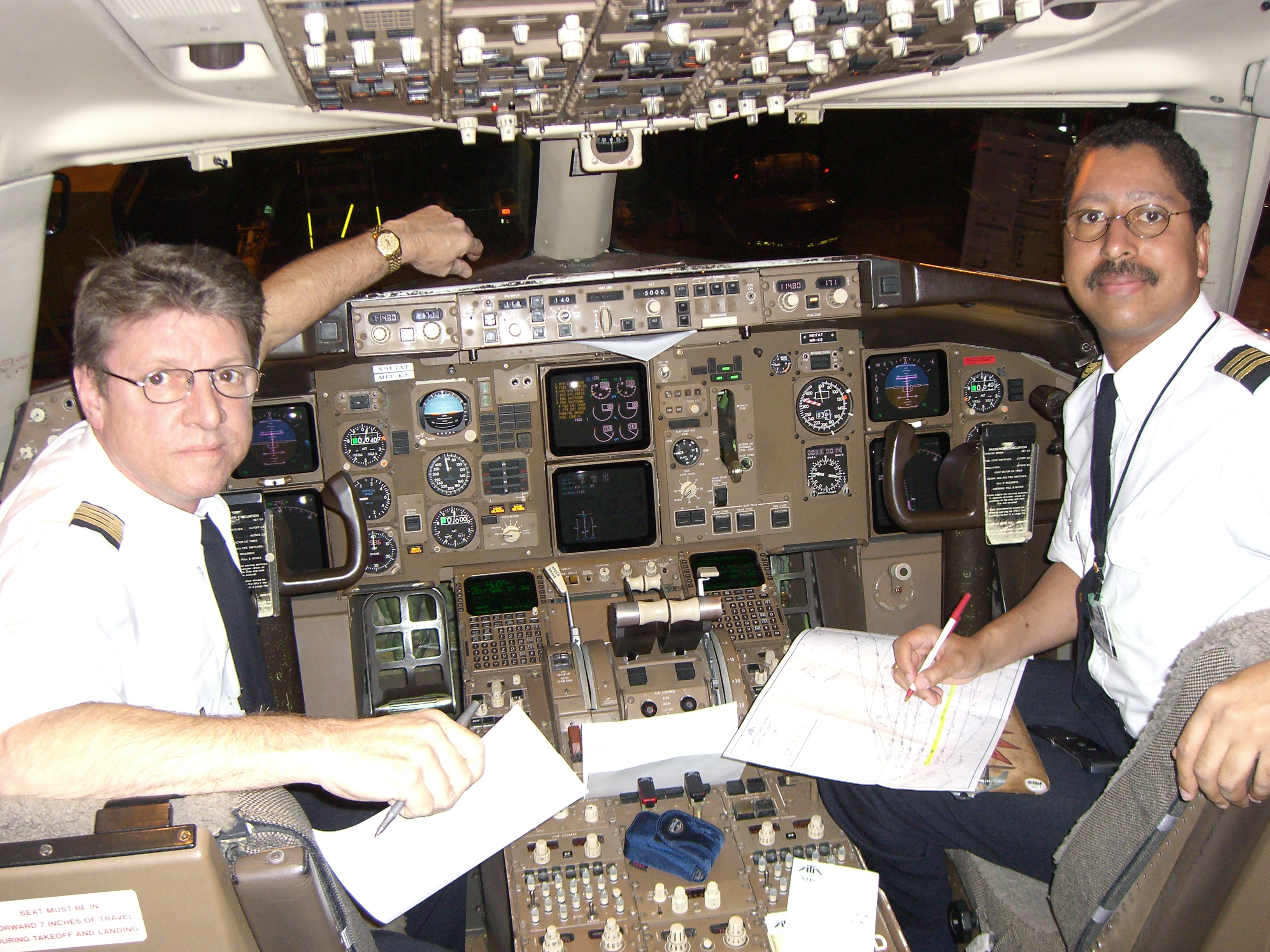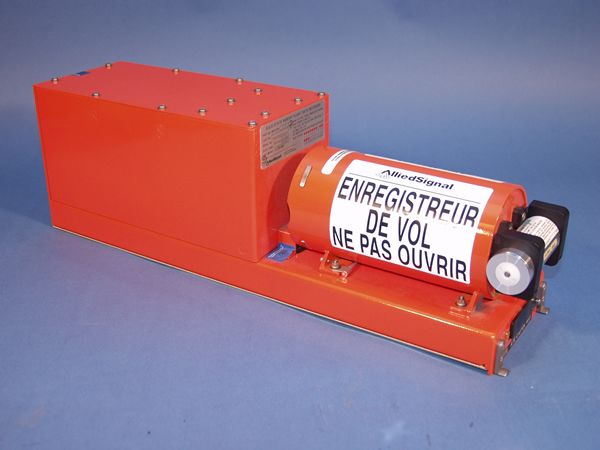|
Texas International Airlines Flight 655
Texas International Airlines Flight 655, registration N94230, was a Convair 600 turboprop aircraft en route from El Dorado to Texarkana, Arkansas, crashing into Black Fork Mountain, Arkansas, on the night of September 27, 1973. The eight passengers and three crewmembers on board were killed. Events The route from El Dorado to Texarkana was part of a longer sequence starting in Memphis, Tennessee, with stops in Pine Bluff, El Dorado, and Texarkana in Arkansas; and finally terminating in Dallas, Texas. While the plane was on the ground in El Dorado the crew (consisting of captain Ralph MacDonald Crosman, age 41, first officer William Fred Tumlinson, age 37, and flight attendant Marella Latzer, age 23) consulted with Flight Service Station staff and another set of pilots about a line of thunderstorms to the west. After confirming there was a wide break in the storm the crew departed at night under visual flight rules (VFR). After departing El Dorado no contact was made with any c ... [...More Info...] [...Related Items...] OR: [Wikipedia] [Google] [Baidu] |
Controlled Flight Into Terrain
In aviation, a controlled flight into terrain (CFIT; usually ) is an aviation accidents and incidents, accident in which an airworthy aircraft, under aircraft pilot, pilot control, is unintentionally flown into the ground, a mountain, a body of water or an obstacle. In a typical CFIT scenario, the aircrew, crew is unaware of the impending disaster until it is too late. The term was coined by engineers at Boeing in the late 1970s. Accidents where the aircraft is out of control at the time of impact, because of mechanical failure or pilot error, are not considered CFIT (they are known as ''uncontrolled flight into terrain'' or ''UFIT''), nor are incidents resulting from the deliberate action of the person at the controls, such as acts of terrorism or suicide by pilot. According to Boeing in 1997, CFIT was a leading cause of airplane accidents involving the loss of life, causing over 9,000 deaths since the beginning of the commercial jet aircraft. CFIT was identified as a cause of ... [...More Info...] [...Related Items...] OR: [Wikipedia] [Google] [Baidu] |
Dallas, Texas
Dallas () is the third largest city in Texas and the largest city in the Dallas–Fort Worth metroplex, the fourth-largest metropolitan area in the United States at 7.5 million people. It is the largest city in and seat of Dallas County with portions extending into Collin, Denton, Kaufman and Rockwall counties. With a 2020 census population of 1,304,379, it is the ninth most-populous city in the U.S. and the third-largest in Texas after Houston and San Antonio. Located in the North Texas region, the city of Dallas is the main core of the largest metropolitan area in the Southern United States and the largest inland metropolitan area in the U.S. that lacks any navigable link to the sea. The cities of Dallas and nearby Fort Worth were initially developed due to the construction of major railroad lines through the area allowing access to cotton, cattle and later oil in North and East Texas. The construction of the Interstate Highway System reinforced Dallas's prominen ... [...More Info...] [...Related Items...] OR: [Wikipedia] [Google] [Baidu] |
Federal Aviation Regulations
The Federal Aviation Regulations (FARs) are rules prescribed by the Federal Aviation Administration (FAA) governing all aviation activities in the United States. The FARs comprise Title 14 of the Code of Federal Regulations (CFR). A wide variety of activities are regulated, such as aircraft design and maintenance, typical airline flights, pilot training activities, hot-air ballooning, lighter-than-air aircraft, man-made structure heights, obstruction lighting and marking, model rocket launches, commercial space operations, model aircraft operations, Unmanned Aircraft Systems (UAS) and kite flying. The rules are designed to promote safe aviation, protecting pilots, flight attendants, passengers and the general public from unnecessary risk. FAR vs. 14 CFR Since 1958, these rules have typically been referred to as "FARs", short for Federal Aviation Regulations. However, another set of regulations (Title 48) is titled "Federal Acquisitions Regulations", and this has led to confu ... [...More Info...] [...Related Items...] OR: [Wikipedia] [Google] [Baidu] |
Controlled Airspace
Controlled airspace is airspace of defined dimensions within which air traffic control (ATC) services are provided. The level of control varies with different classes of airspace. Controlled airspace usually imposes higher weather minimums than are applicable in uncontrolled airspace. It is the opposite of uncontrolled airspace. Controlled airspace is established mainly for three different reasons: * high-volume air traffic areas, e.g. near airports * Instrument flight rules traffic under ATC guidance * security, e.g. within an Air Defense Identification Zone Controlled airspace usually exists in the immediate vicinity of busier airports, where aircraft used in commercial air transport flights are climbing out from or making an approach to the airport, or at higher levels where air transport flights would tend to cruise. Some countries also provide controlled airspace almost generally, however in most countries it is common to provide uncontrolled airspace in areas where si ... [...More Info...] [...Related Items...] OR: [Wikipedia] [Google] [Baidu] |
Air Traffic Control
Air traffic control (ATC) is a service provided by ground-based air traffic controllers who direct aircraft on the ground and through a given section of controlled airspace, and can provide advisory services to aircraft in non-controlled airspace. The primary purpose of ATC worldwide is to prevent collisions, organize and expedite the flow of air traffic, and provide information and other support for pilots. Air traffic controllers monitor the location of aircraft in their assigned airspace by radar and communicate with the pilots by radio. To prevent collisions, ATC enforces traffic separation rules, which ensure each aircraft maintains a minimum amount of empty space around it at all times. In many countries, ATC provides services to all private, military, and commercial aircraft operating within its airspace. Depending on the type of flight and the class of airspace, ATC may issue ''instructions'' that pilots are required to obey, or ''advisories'' (known as ''flight infor ... [...More Info...] [...Related Items...] OR: [Wikipedia] [Google] [Baidu] |
Flight Plan
Flight plans are documents filed by a pilot or flight dispatcher with the local Air Navigation Service Provider (e.g. the FAA in the United States) prior to departure which indicate the plane's planned route or flight path. Flight plan format is specified in ICAO Doc 4444. They generally include basic information such as departure and arrival points, estimated time en route, alternate airports in case of bad weather, type of flight (whether instrument flight rules FRor visual flight rules FR, the pilot's information, number of people on board, and information about the aircraft itself. In most countries, flight plans are required for flights under IFR, but may be optional for flying VFR unless crossing international borders. Flight plans are highly recommended, especially when flying over inhospitable areas such as water, as they provide a way of alerting rescuers if the flight is overdue. In the United States and Canada, when an aircraft is crossing the Air Defense Identificat ... [...More Info...] [...Related Items...] OR: [Wikipedia] [Google] [Baidu] |
Instrument Flight Rules
In aviation, instrument flight rules (IFR) is one of two sets of regulations governing all aspects of civil aviation aircraft operations; the other is visual flight rules (VFR). The U.S. Federal Aviation Administration's (FAA) ''Instrument Flying Handbook'' defines IFR as: "Rules and regulations established by the FAA to govern flight under conditions in which flight by outside visual reference is not safe. IFR flight depends upon flying by reference to instruments in the flight deck, and navigation is accomplished by reference to electronic signals." It is also a term used by pilots and controllers to indicate the type of flight plan an aircraft is flying, such as an IFR or VFR flight plan. Basic information Comparison to visual flight rules It is possible and fairly straightforward, in relatively clear weather conditions, to fly an aircraft solely by reference to outside visual cues, such as the horizon to maintain orientation, nearby buildings and terrain features for n ... [...More Info...] [...Related Items...] OR: [Wikipedia] [Google] [Baidu] |
National Transportation Safety Board
The National Transportation Safety Board (NTSB) is an independent U.S. government investigative agency responsible for civil transportation accident investigation. In this role, the NTSB investigates and reports on aviation accidents and incidents, certain types of highway crashes, ship and marine accidents, pipeline incidents, bridge failures, and railroad accidents. The NTSB is also in charge of investigating cases of hazardous materials releases that occur during transportation. The agency is based in Washington, D.C. It has four regional offices, located in Anchorage, Alaska; Denver, Colorado; Ashburn, Virginia; and Seattle, Washington. The agency also operates a national training center at its Ashburn facility. History The origin of the NTSB was in the Air Commerce Act of 1926, which assigned the United States Department of Commerce responsibility for investigating domestic aviation accidents. Before the NTSB, the Federal Aviation Administration's (FAA; at the t ... [...More Info...] [...Related Items...] OR: [Wikipedia] [Google] [Baidu] |
Minimum En Route Altitude
Minimum en route altitude (MEA), alternately spelled as Minimum enroute altitude, is the lowest published altitude between radio navigation fixes that assures acceptable navigational signal coverage (see MRA) ''and'' meets obstacle clearance requirements (see MOCA) between those fixes. The definition given here is that of the United States Federal Aviation Administration. Details may vary in other jurisdictions. Overview The MEA prescribed for a Federal airway or segment, RNAV low or high route, or other direct route applies to the entire width of the airway, segment, or route. MEAs for routes wholly contained within controlled airspace normally provide a buffer above the floor of controlled airspace consisting of at least 300 feet within transition areas and 500 feet within control areas. MEAs are established based upon obstacle clearance over terrain and man-made objects, adequacy of navigation facility performance, and communications requirements, although adequate communi ... [...More Info...] [...Related Items...] OR: [Wikipedia] [Google] [Baidu] |
Captain (civil Aviation)
The pilot in command (PIC) of an aircraft is the person aboard the aircraft who is ultimately responsible for its operation and safety during flight. This would be the captain in a typical two- or three-pilot aircrew, or "pilot" if there is only one certificated and qualified pilot at the controls of an aircraft. The PIC must be legally certificated (or otherwise authorized) to operate the aircraft for the specific flight and flight conditions, but need not be actually manipulating the controls at any given moment. The PIC is the person legally in charge of the aircraft and its flight safety and operation, and would normally be the primary person liable for an infraction of any flight rule. The strict legal definition of PIC may vary slightly from country to country. The International Civil Aviation Organization, a United Nations agency, definition is: "The pilot responsible for the operation and safety of the aircraft during flight time." ''Flight time'' for airplanes is defined ... [...More Info...] [...Related Items...] OR: [Wikipedia] [Google] [Baidu] |
First Officer (civil Aviation)
In aviation, the first officer (FO), also called co-pilot, is the pilot who is second-in-command of the aircraft to the captain, who is the legal commander. In the event of incapacitation of the captain, the first officer will assume command of the aircraft. Control of the aircraft is normally shared equally between the first officer and the captain, with one pilot normally designated the "pilot flying" and the other the "pilot not flying", or "pilot monitoring", for each flight. Even when the first officer is the flying pilot, however, the captain remains ultimately responsible for the aircraft, its passengers, and the crew. In typical day-to-day operations, the essential job tasks remain fairly equal. Traditionally, the first officer sits on the right-hand side of a fixed-wing aircraft ("right seat") and the left-hand side of a helicopter (the reason for this difference is related to, in many cases, the pilot flying being unable to release the right hand from the cyclic contr ... [...More Info...] [...Related Items...] OR: [Wikipedia] [Google] [Baidu] |
Cockpit Voice Recorder
A flight recorder is an electronic recording device placed in an aircraft for the purpose of facilitating the investigation of aviation accidents and incidents. The device may often be referred to as a "black box", an outdated name which has become a misnomer—they are now required to be painted bright orange, to aid in their recovery after accidents. There are two types of flight recording devices: the flight data recorder (FDR) preserves the recent history of the flight through the recording of dozens of parameters collected several times per second; the cockpit voice recorder (CVR) preserves the recent history of the sounds in the cockpit, including the conversation of the pilots. The two devices may be combined into a single unit. Together, the FDR and CVR objectively document the aircraft's flight history, which may assist in any later investigation. The two flight recorders are required by international regulation, overseen by the International Civil Aviation Organizat ... [...More Info...] [...Related Items...] OR: [Wikipedia] [Google] [Baidu] |







